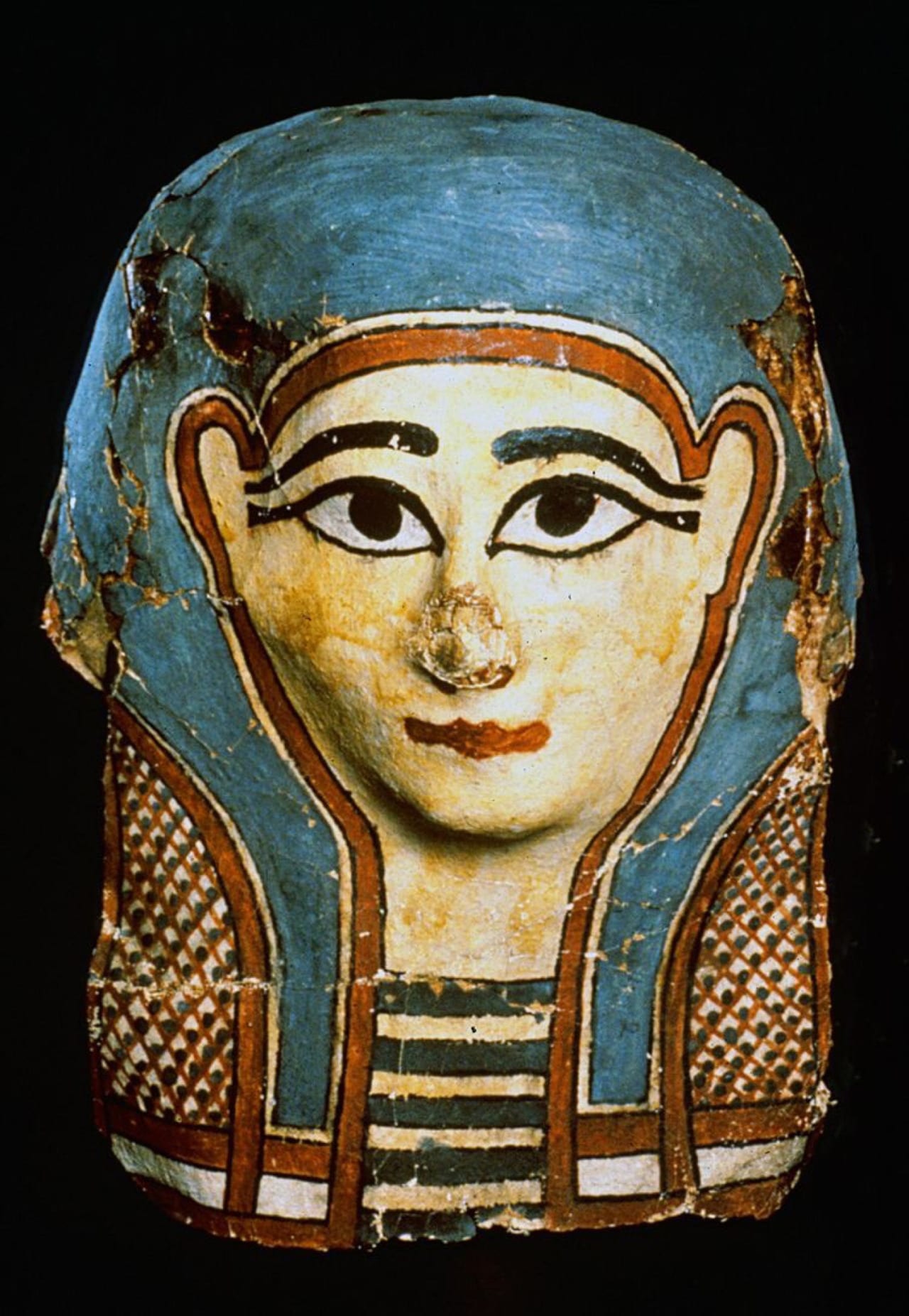
Life in Ancient Egypt
Funerary Customs: Mummification
The process of mummification, the form of embalming practiced by the ancient Egyptians, changed over time from the Old Kingdom (ca. 2750-2250 B.C.), when it was available only to kings, to the New Kingdom (ca. 1539-1070 B.C.), when it was available to everyone. The level of mummification depended on what one could afford.
The most fully developed form involved four basic steps. Initially, all of the internal organs, except the heart, were removed. Since the organs were the first parts of the body to decompose but were necessary in the afterlife, they were mummified and put in canopic jars that were placed in the tomb at the time of burial. The heart was believed to be the seat of intelligence and emotion and was, therefore, left in the body. The brain, on the other hand, was regarded as having no significant value and, beginning in the New Kingdom, was removed through the nose and discarded.
Next the body was packed and covered with natron, a salty drying agent, and left to dry out for forty to fifty days. By this time all the body’s liquid had been absorbed and only the hair, skin, and bones were left.
Then the body cavity was stuffed with resin, sawdust, or linen and shaped to restore the deceased’s form and features. Finally, the body was then tightly wrapped in many layers of linen with numerous charms, or amulets, and wrapped between the layers. The most important amulet was the scarab beetle, which was placed over the heart. Jewelry was also placed among the bandages. At each stage of wrapping, a priest recited spells and prayers. This whole procedure could take as long as fifteen days. After the wrapping was complete, the body was put into a shroud. The entire mummification process took about seventy days.
